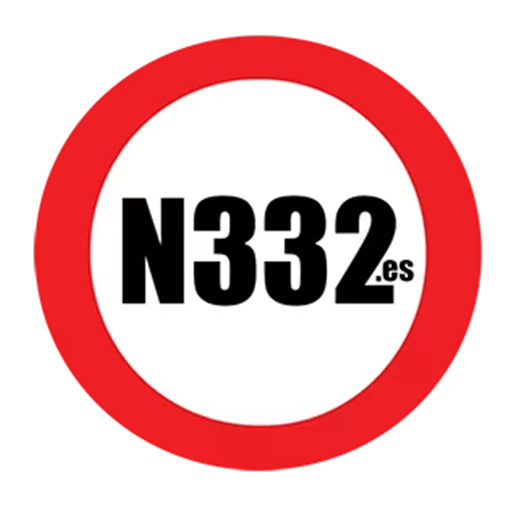For many people, the beach is the protagonist of summer, and to get there, the car is the star, but unfortunately, the beach and cars are not a great mix, so we have to be a little conscious of making sure that our car doesn’t suffer any adverse effects, particularly those caused by sand or saltwater.
Firstly, please do not drive on the beach. We will not go into the reasons why at this stage, but please, just don’t do it. Trust us!
What to check after returning from a trip to the beach?
You don’t have to do this every time you’ve been to the beach, but depending on the length of your stay or holiday you would benefit from doing these things more frequently.
The important thing is to thoroughly wash the car, both outside and inside, to remove any remains of salt and sand that may have remained under the vehicle or inside the cabin. Any grain of sand that remains on the bodywork or on the seat fabric can gradually erode the materials, just as happens with salt that remains adhered to the shock absorbers, the brake system or, in general, in the lower part of the vehicle and can cause corrosion.
Tips for removing sand and salt from the car
One of the best ways of cleaning your car is with a high-pressure water gun, such as those found at petrol stations and car washes, and applying it directly to the entire body, paying special attention to the underside of the vehicle and the brake system.
Apply only water (no soap or added wax) to the parts of the car that may have accumulated the most sand, such as the brake callipers (if the discs or callipers are not cleaned, the sand can damage them and create a groove), springs, shock absorbers, suspension arms, ball joints and wheel arches in general. Once you have done several passes, you can apply the soap and then wax the car.
Do not bring the water gun too close as it can damage some elements of the car, such as the ABS sensors. A distance of about 30 centimetres is enough for the pressure to have its effect on the sand and salt.
It is also advisable to open the bonnet and see if the engine has accumulated any kind of sediment. In this case, use a compressed air gun to remove any sand residue. Once you have covered this step, you can wash the engine, but remember to always use distilled water. This will prevent damage to the battery or alternator.
It is advisable to dry areas where there are wet cables with a cloth or with an air gun. The rest of the body will dry as you drive the car.
If you have been on the beach for several months, in addition to giving your vehicle a good wash, it is advisable to change the air and cabin filters earlier than usual, as a good amount of sand and other types of dirt will surely have accumulated.
Discover more from N332.es - Driving In Spain
Subscribe to get the latest posts sent to your email.
